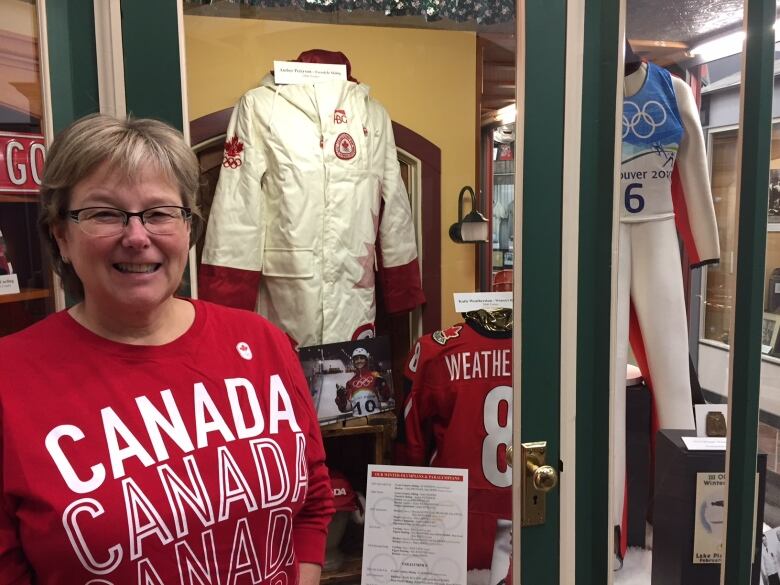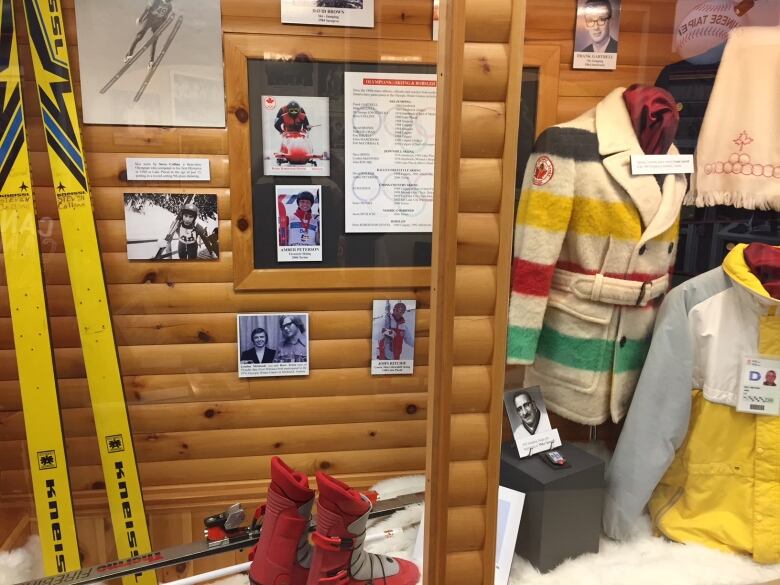What might have been: Ontario's Big Thunder almost became 1988 Olympic ski jumping venue
Internationally-acclaimed nordic facility, just outside Thunder Bay, was closed by Ontario government in 1996

The Olympics are full of stories of "what might have been", and it turns out that can be true for a city, as well as an athlete.
Thirty years ago, Thunder Bay, Ont., came tantalizingly close to having its very own moment of Olympic glory.
"It would have been amazing," says Diane Imrie, the executive director of the Northwestern Ontario Sports Hall of Fame in the city.
Approximately 110,000 people make their home in Thunder Bay located about 700 kilometres east of Winnipeg, and 1,400 kilometres northwest of Torontowhich hugs the shoreline of Lake Superior, and is tucked in against the Nor'Wester Mountains.

Nestled in that range was the Big Thunder Ski Jumping Centre, with the complete set of K-90 and K-120 jumps.
From about 1980 to 1994, the venue regularly hosted International Ski Federation (FIS) ski jumping events, while FIS-level cross-country skiing trails were also created at the site.
However,back in 1988, the eyes of the world were on Calgary, the host city for the Winter Olympics, said Imrie.
But then, as now in PyeongChang, there were concerns about high winds and the safety of the athletes at the ski jumping venue.

Rob McCormack of Thunder Bay was the chief of competition at the games, saidImrie, recalling a conversation they later shared.
"I remember Rob telling me, the winds were so bad and if you've ever been out in Calgary and seen those jumps they're in the middle of nowhere and not protected, there was actually talk that they may have moved the jumping competition to Thunder Bay," she said.
"It was very, very close because it was becoming dangerous for them to be jumping," said Imrie.
Big Thunder eventually had its (smaller) moment in the international sporting spotlight when it hosted the FIS Nordic World Championships in 1995.
Athletes and international officials praised the facility, however the Ontario government closed Big Thunder the following year.
"At the end of the day, Big Thunder was an amazing place for everybody," said Daniel Kardasof Thunder Bay, whose father coached jumpers from many different countries.
"Even when I was coaching the 2002 Olympics, I had guys that were asking, 'What's going on with Big Thunder?' And, that's from around the world," said Kardas.
It has never reopened, despite interest from at least one group of people in the city.
You can here Diane Imrie's full interview on CBCSuperior Morninghere.












_(720p).jpg)


 OFFICIAL HD MUSIC VIDEO.jpg)
.jpg)



























































































